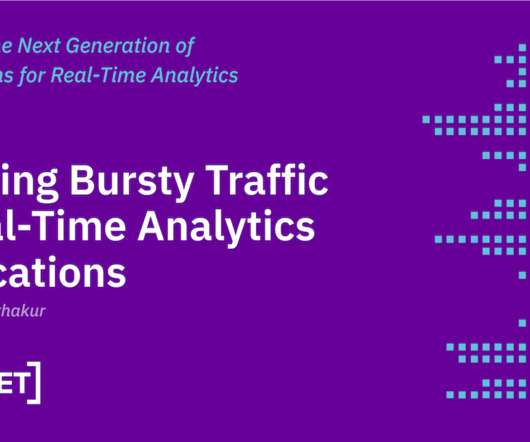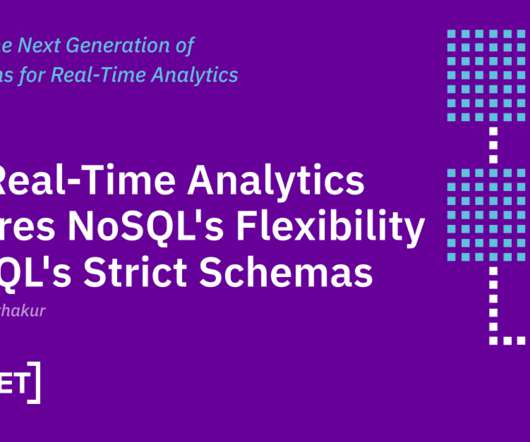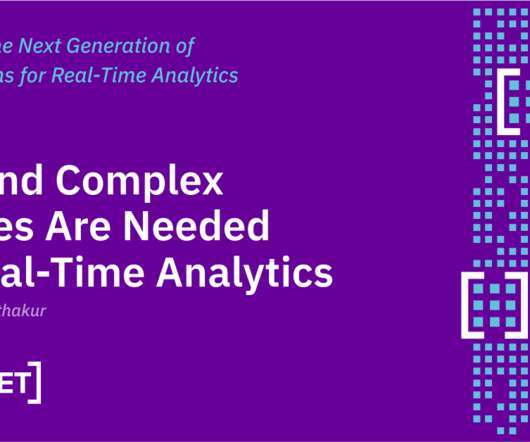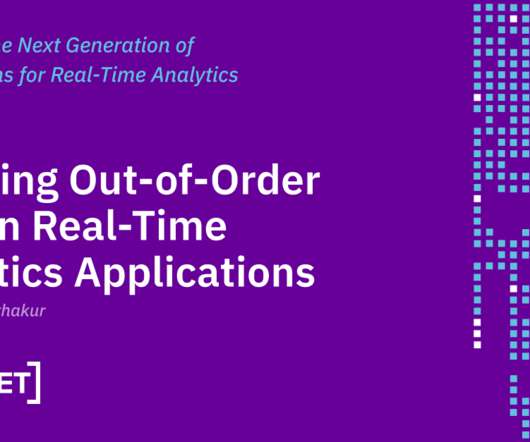Handling Bursty Traffic in Real-Time Analytics Applications
Rockset
MAY 12, 2022
Lambda systems try to accommodate the needs of both big data-focused data scientists as well as streaming-focused developers by separating data ingestion into two layers. One layer processes batches of historic data. Such a disaggregated architecture enables ingestion or queries to scale up and down as needed.












Let's personalize your content